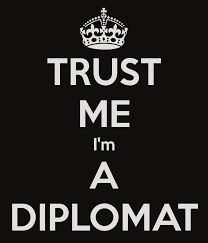Storification.
Is that even a word? It is now.
I was once asked to do a little talk on marketing during Take Your Child to Work Day. I was given about 10 minutes to explain to 30 kids sitting on the floor of a conference room, what marketing was. Hmm, how to package the 4Ps? And these kids had toured a customer service call center, warehouse, the repair shop, and some other kid-unfriendly departments. Story time!
“Raise your hands if you’ve ever sold lemonade in your neighborhood?” A few glassy eyes, some reluctant hands…then some smiles. “Well, then you are a marketer. You had to make decisions about whether to make instant lemonade or start with real lemons. That’s a product decision. How much did you charge for the lemonade? Where did you put the stand, in front of your house or on the corner where more neighbors passed? What did you write on your sign? Did you shout at cars as they drove buy? Did you ring doorbells?” Marketing activities all.
I didn’t actually tell a story, but I storified the explanation. And since the kids where already sitting on the floor, it was quite apt. I came at the leaning from their perspective. From a context they could understand. Too often product and service sellers rely on features and benefits in a simple text and picture mode, but by storifying, you stimulate the buyer brain. You stimulate the muscles of understanding. Feel something then do something. That’s the way marketing and communication works best. Peace!


